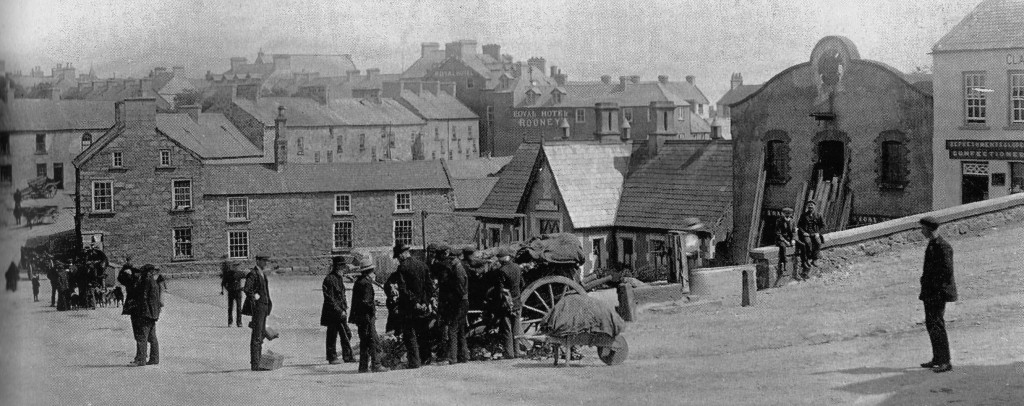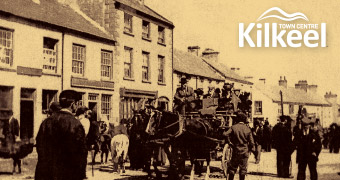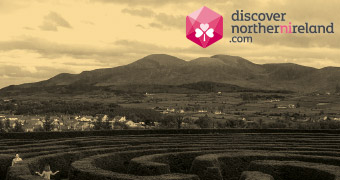Even though the 1800s seems like a long, long time ago, children still had to go to school. Education has changed a lot since this period though, and children back in these days would have learnt very different subjects to what we are used to today, such as the ‘Three R’s’: Reading, writing and arithmetic. School children would not have worn uniforms and there would have been severe punishments for anyone who misbehaved…the cane! People in Kilkeel would have been very glad of the opportunity to educate their children, which is evident from the number of schools in the area and the number of attendees.
Children on their way to school barefoot, carrying turf for the fire.
In the report on the Kilmorey Estate of 1860, Octavius Knox names five of the main schools on the estate. They are as follows;
- Kilkeel: It was built in 1852 and is a mixed school under one roof. Henry Cook is the master, Maria McConnell is the Mistress of the Infant School and Isabella McConnell is the mistress of the Sewing School. He claims the school is in good repair.
- Annalong: built in 1850. The schoolmaster was J. A. Henry and the schoolmistress was Rachel Gordon. There was a master’s house under the same roof, all of which is in good repair.
- Cargenah: built in 1842 and the schoolmaster is David Gillespie. The masters house is also under the same roof and in fair condition. It was small and is reported to have served Catholic and Protestant children.
- Allicaul (Attical): was originally an old cottage converted into a school in 1846. The other part is occupied by schoolmaster James Heron.
- Mourne Park School: This is part of an old dwelling house which was converted into a schoolroom in 1840. The remained is occupied by schoolmaster James Chambers. Knox claims the schoolroom is too small for the number of pupils (around 100) and is also inconveniently situated within the walls of Mourne Park. The rest of the building houses the schoolmasters family, which is described as ‘inadequate accommodation’ for the 3 adult s and 2 children who were living there at the time.[1]
Knox reports that apart from the above problems all the schools were conveniently arranged, fitted their purpose and were very well conducted. They were well attended and were associated with the Church Education Society and annually visited by Inspectors.[2]
Along with these schools which were mostly built by the direction of Lord Kilmorey, there were other smaller establishments scattered over the country side;
- Cranfield: The school first opened in 1892 for boys. They came from Cranfield, Ballyardle, Benagh and Derryogue. The pupils on its opening were Thomas Annett, William Coffey, Isaac Coffey, Richard Nicholson, Charles Orr, Jno. Orr, Charles Stevenson, James Stevenson, Arthur Patterson, Thomas Hanna, Albert McKee, Robert H. Reilly, Henry Coffey, Jno. Coffey. The principal in 1893 was Mrs Isabella Orr.[3]
There were also schools at Ballinran, Ballyveaghmore and Bignian. A school was also held in the Old St. Colman’s Church under the support of Lord Kilmorey for a time. It was converted into a school in 1836 and housed 146 children.[4]
In an 1863 Valuation of Kilkeel, local schools and their values were listed;
- The National School House and yard beside Mourne Presbyterian Church. Valued at £11.
- The Church Education Society school house and yard in Market Place, Kilkeel. Valued at £15.
- The National School House in Ballykeel valued at £1.0.0.
- Ballyveaghmore Church Education School House, leased for Francis Chesney. Valued at £2.10.0.[5]
Hedge Schools
There were numerous hedge schools scattered around Mourne. They were ‘secret schools’ due to the strict laws against Roman Catholics, disallowing them from setting up and attending schools. Children of all ages were sent here. One local hedge school was situated in Derryogue.



